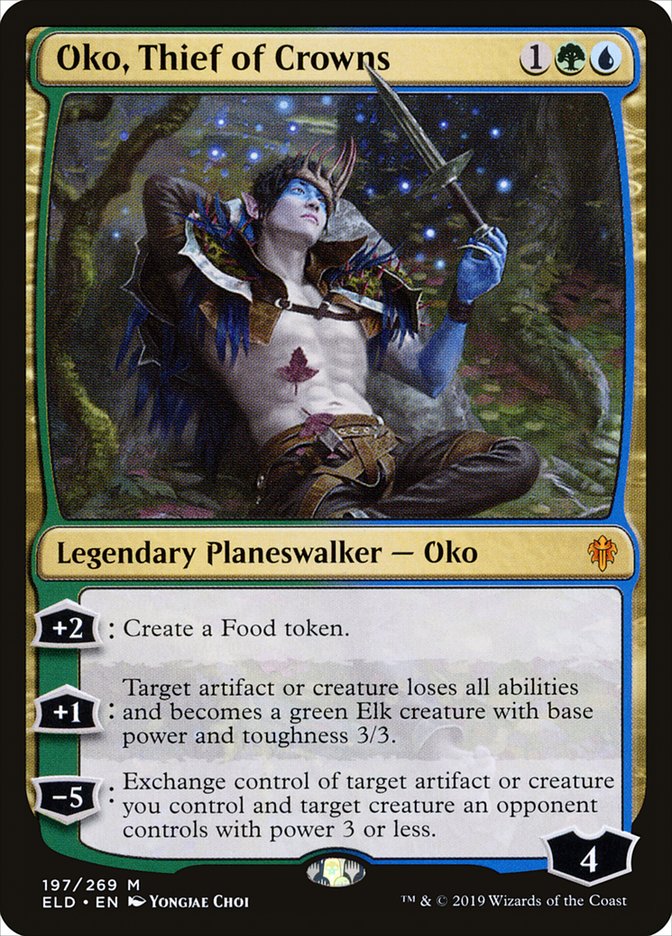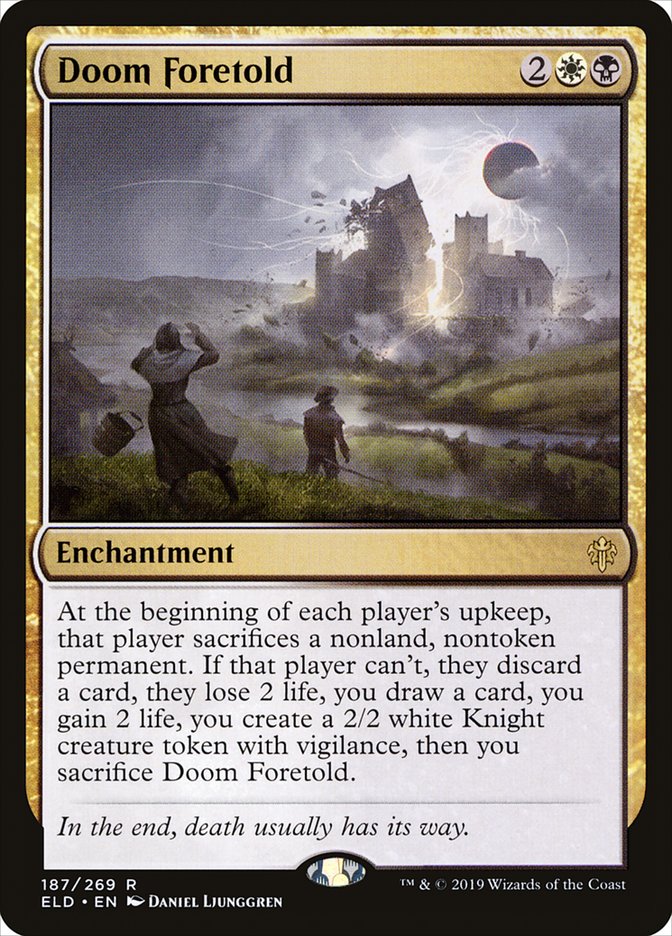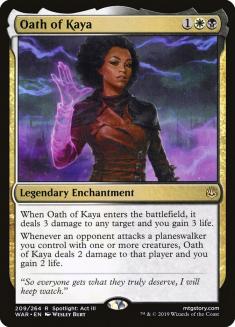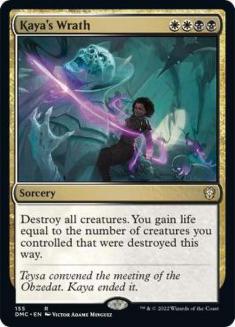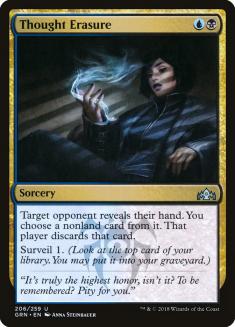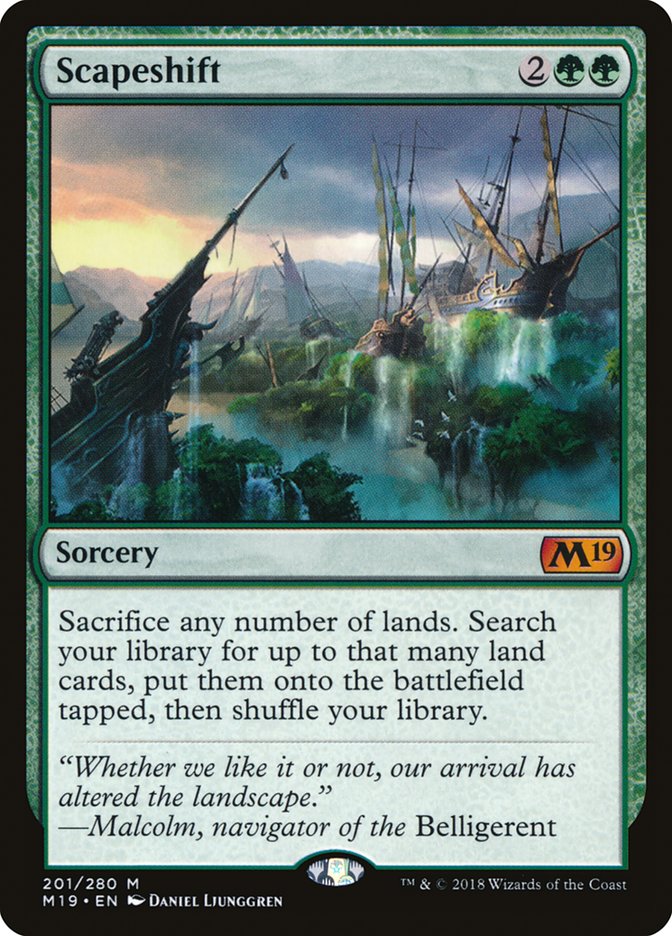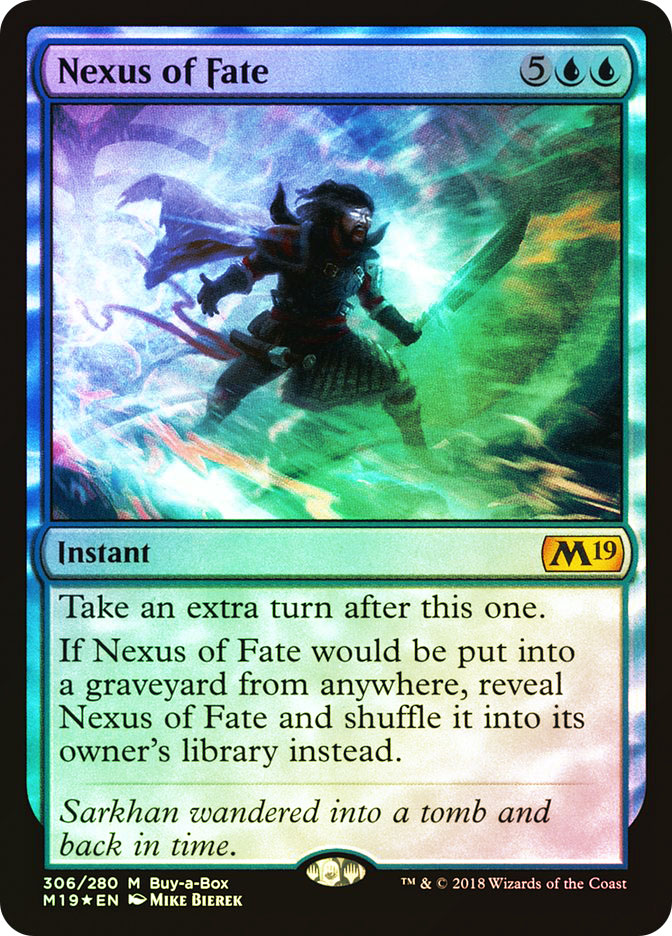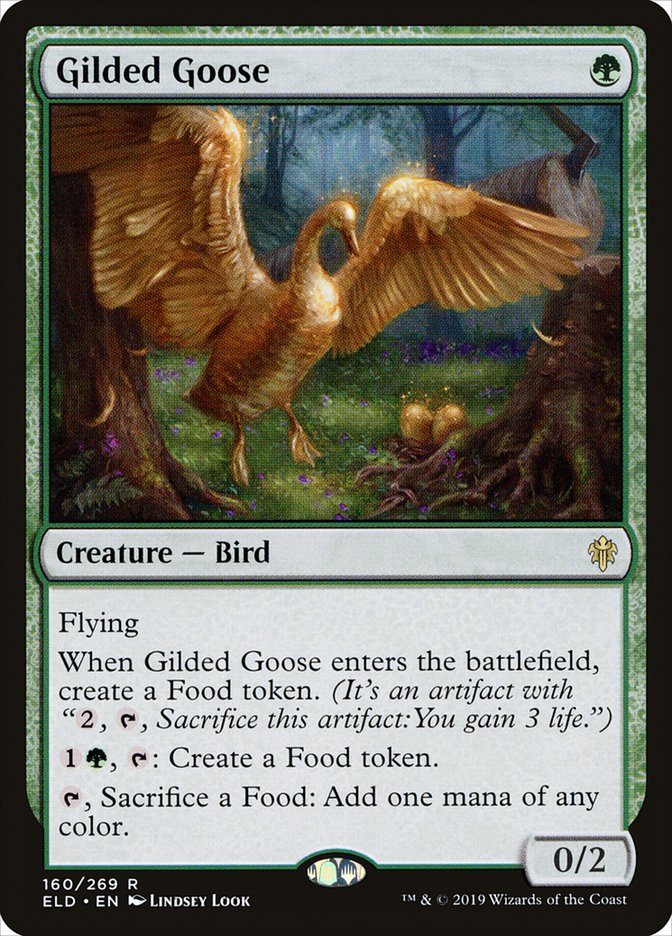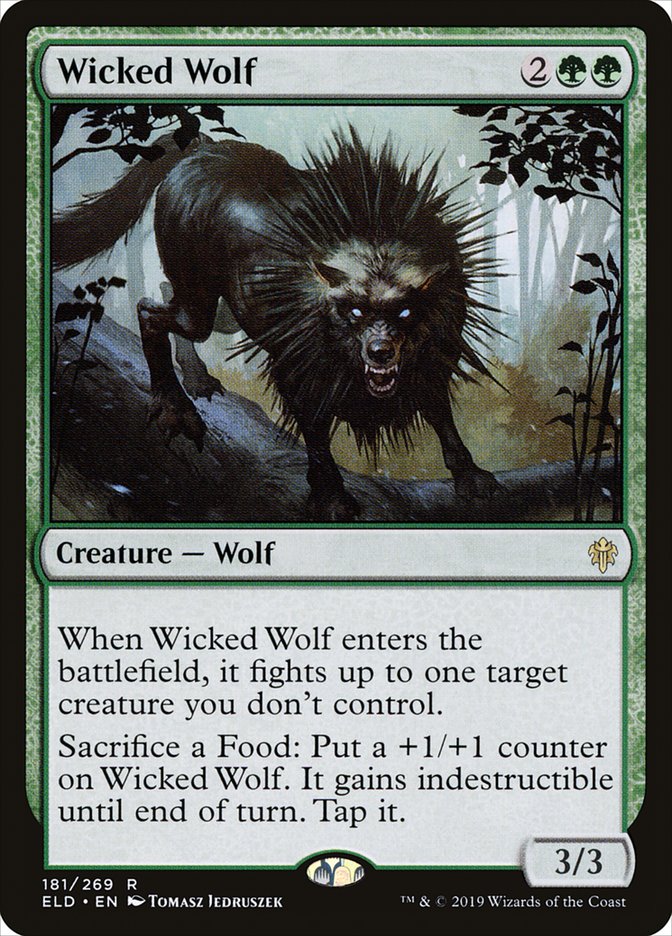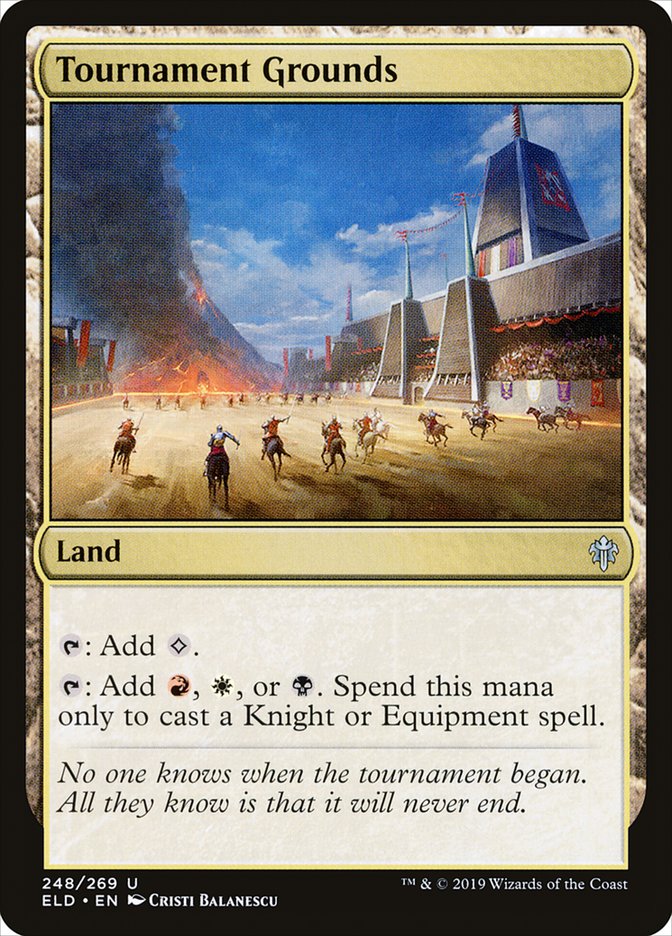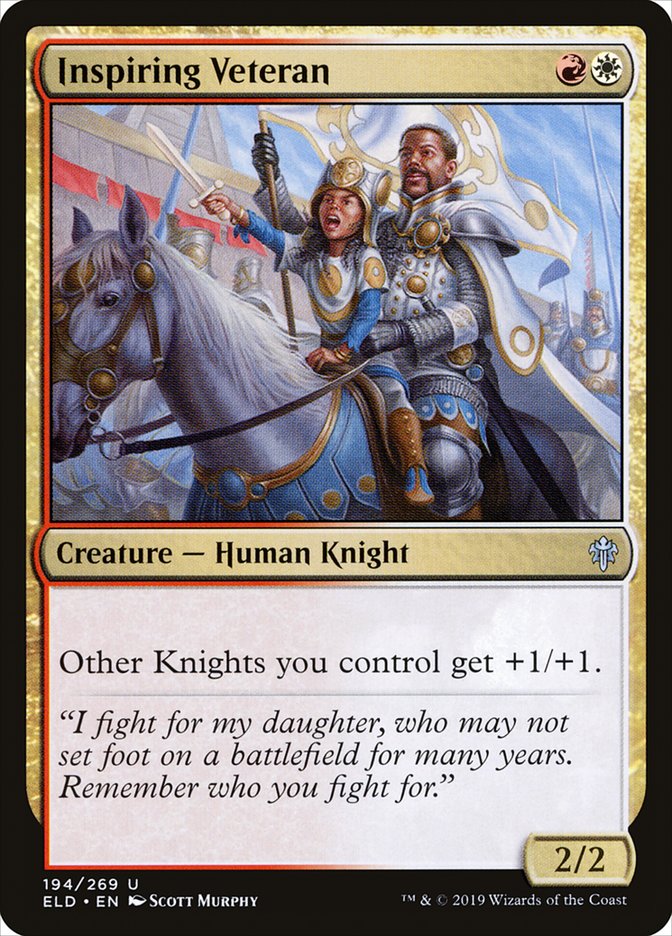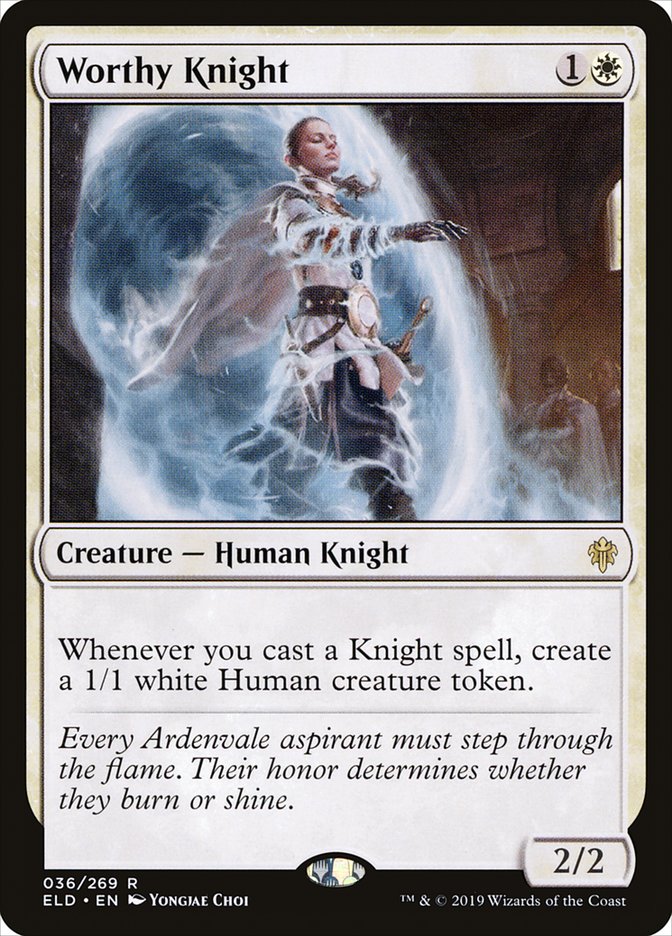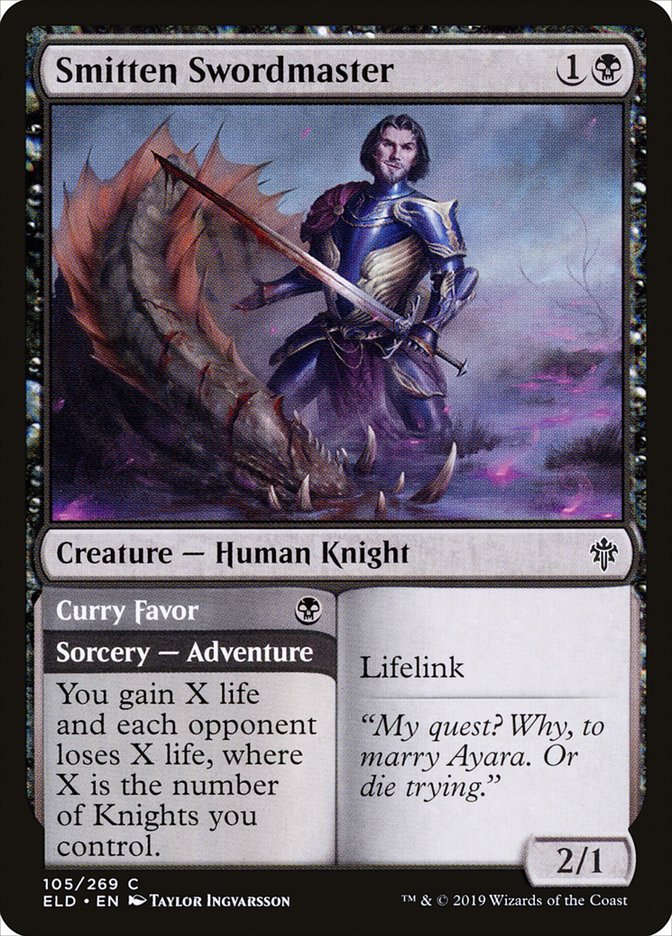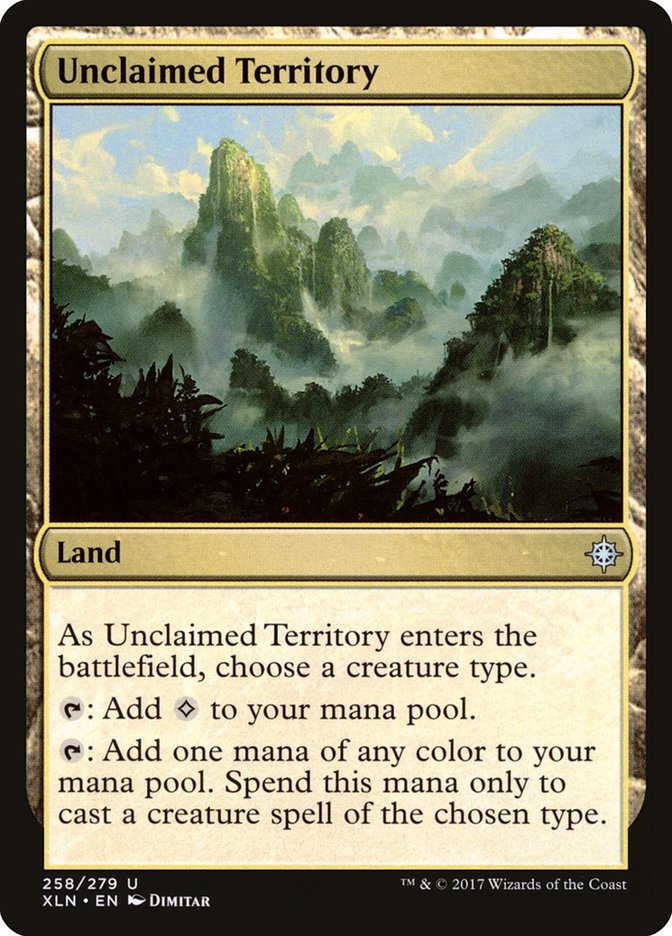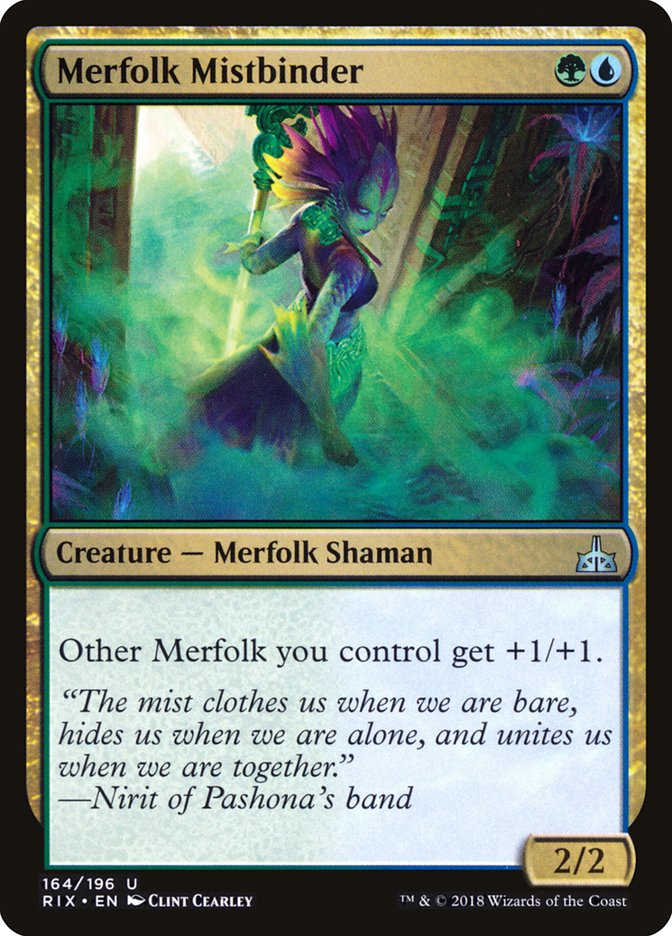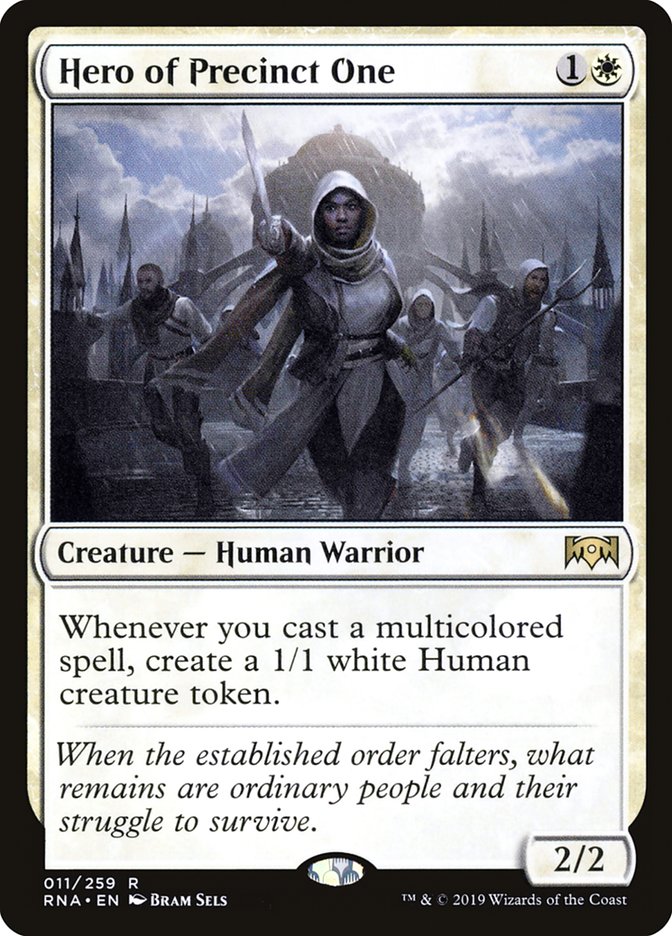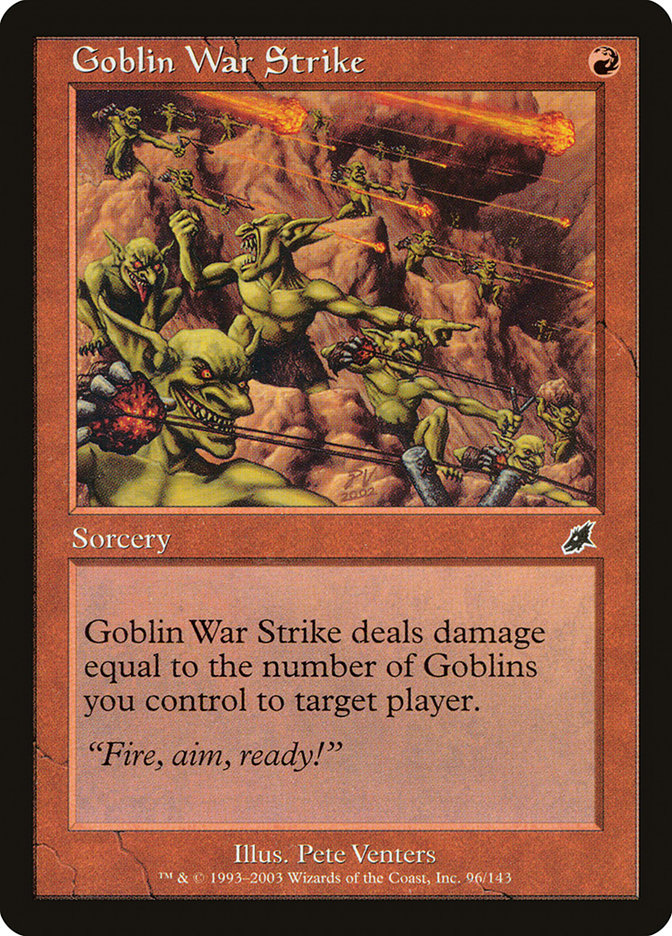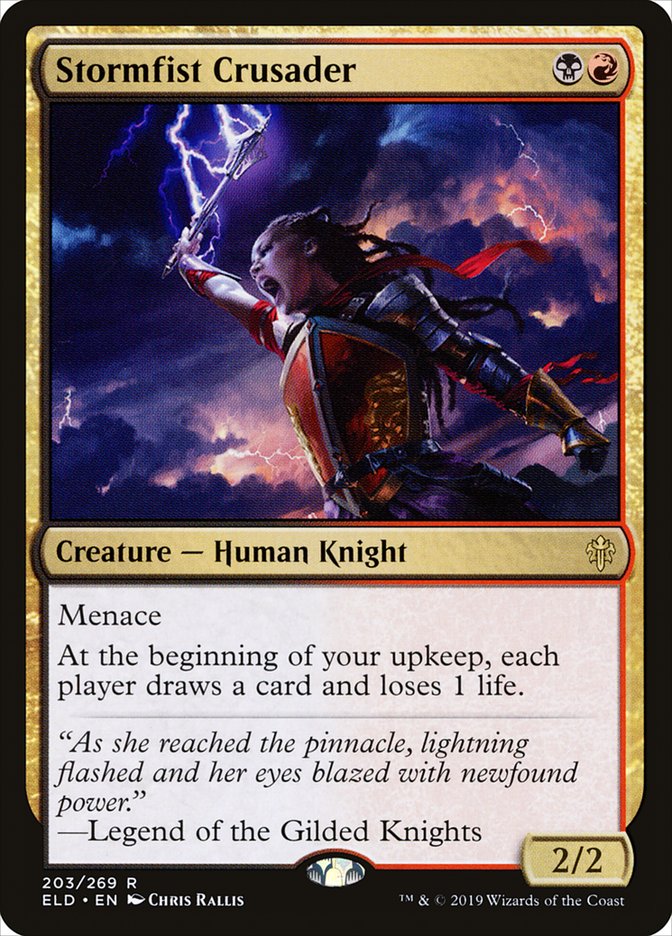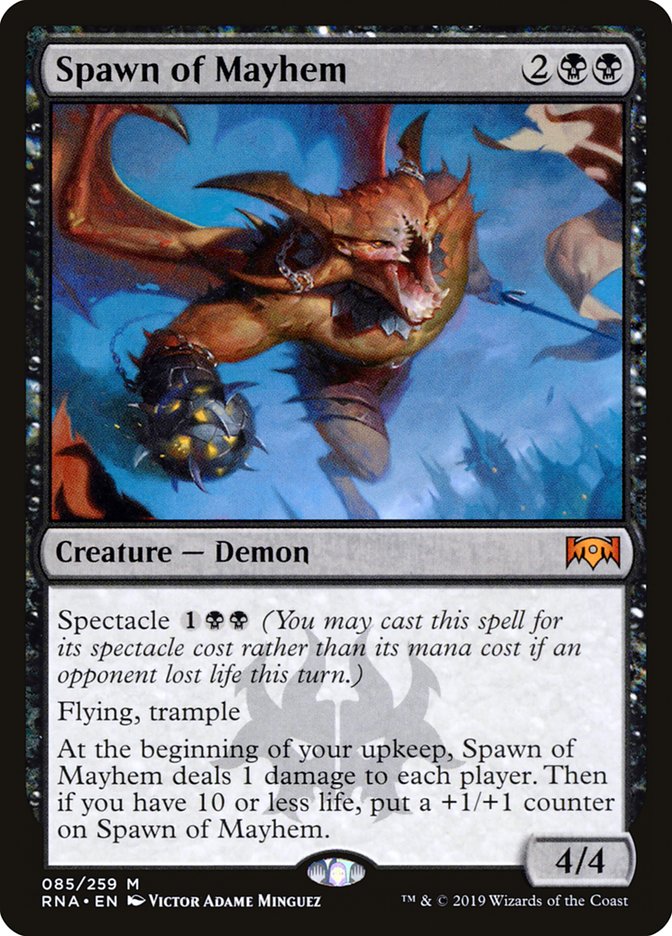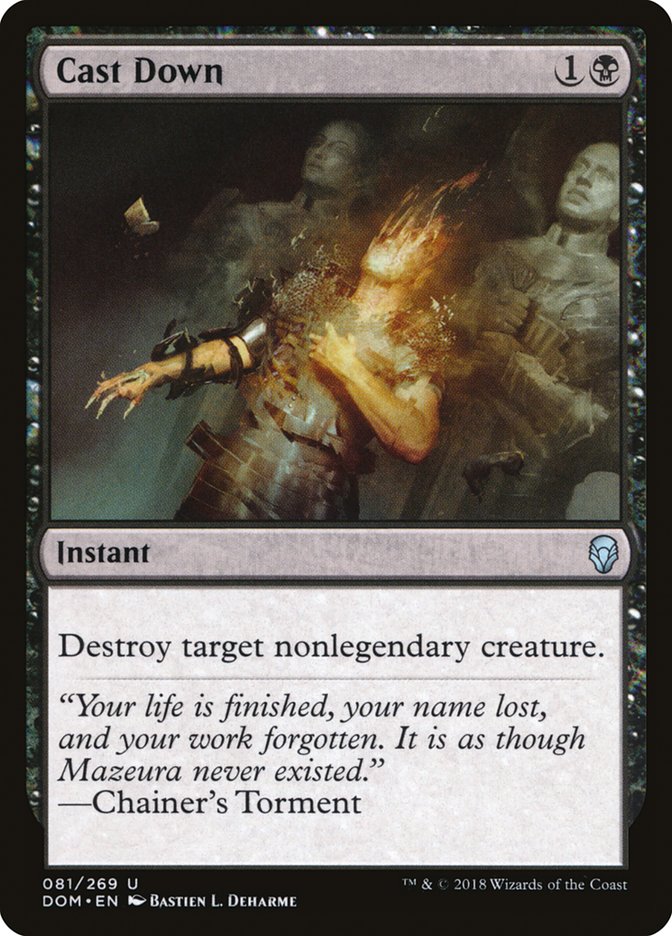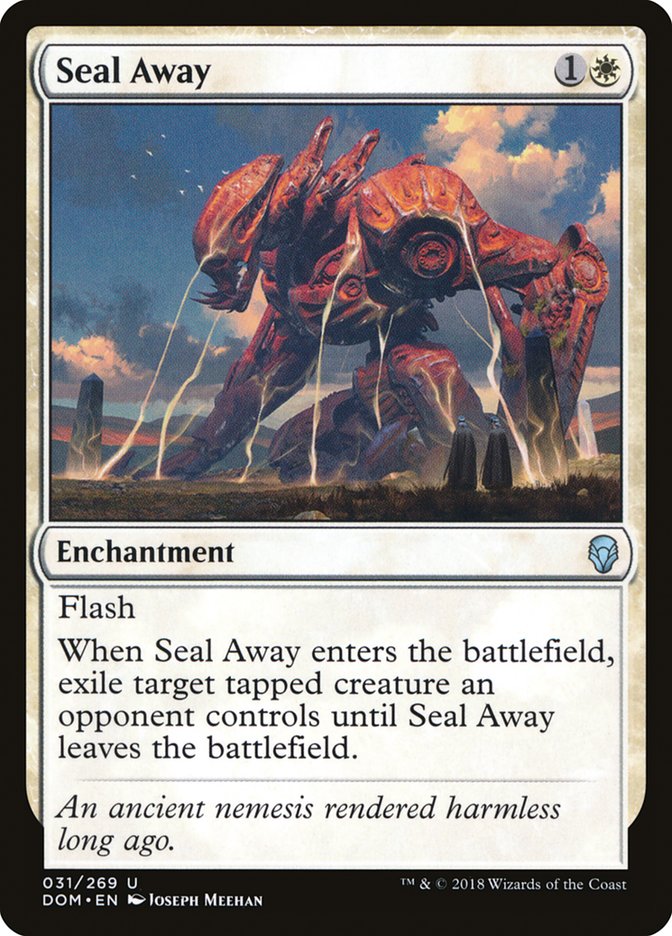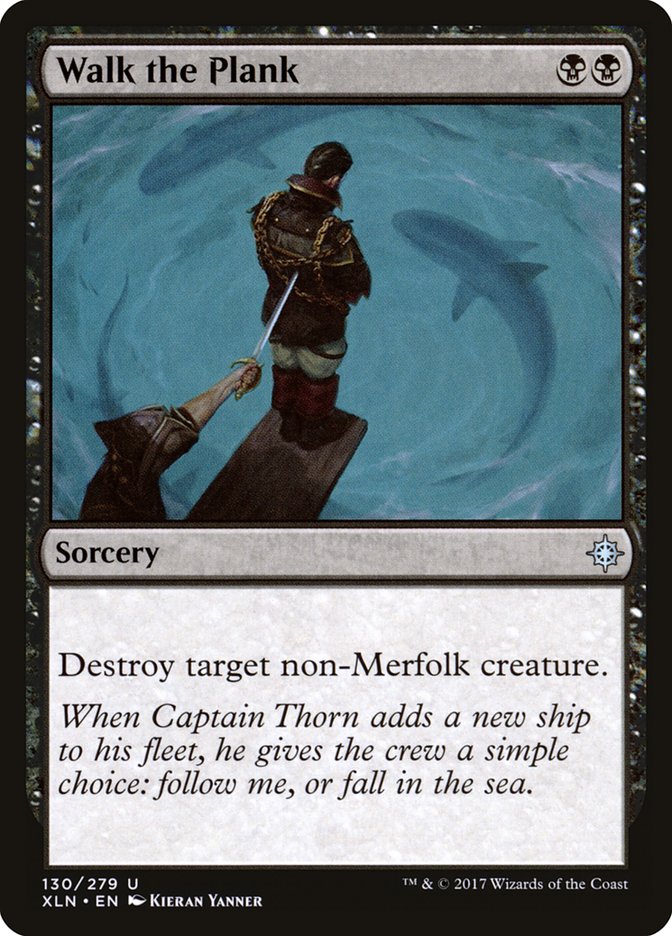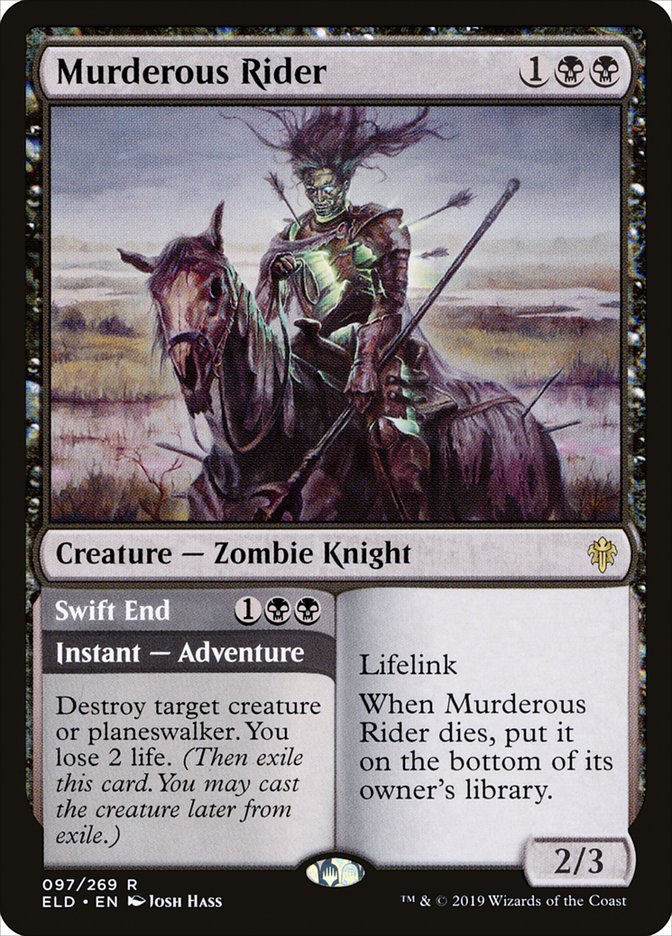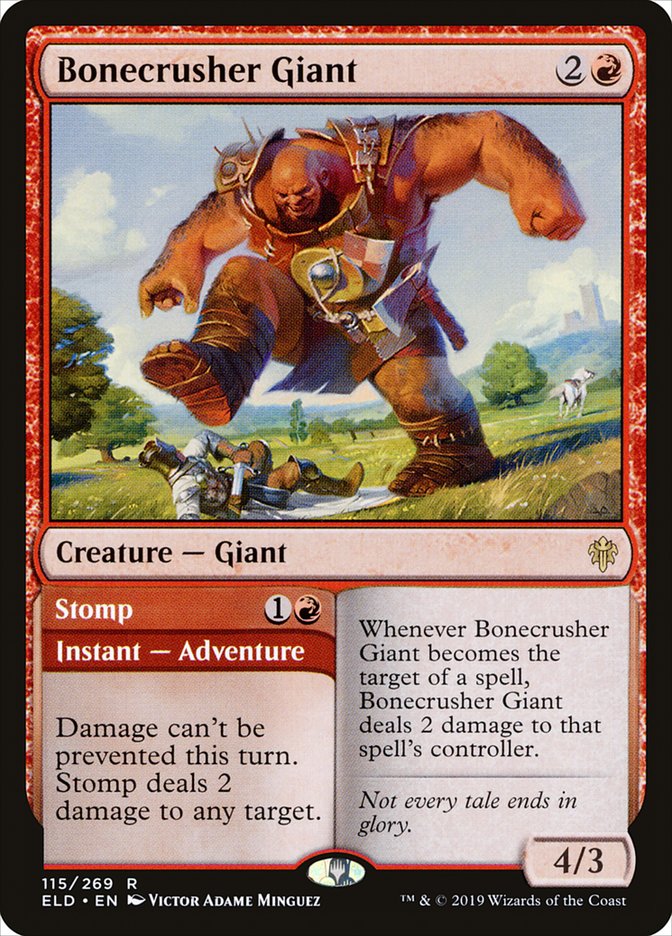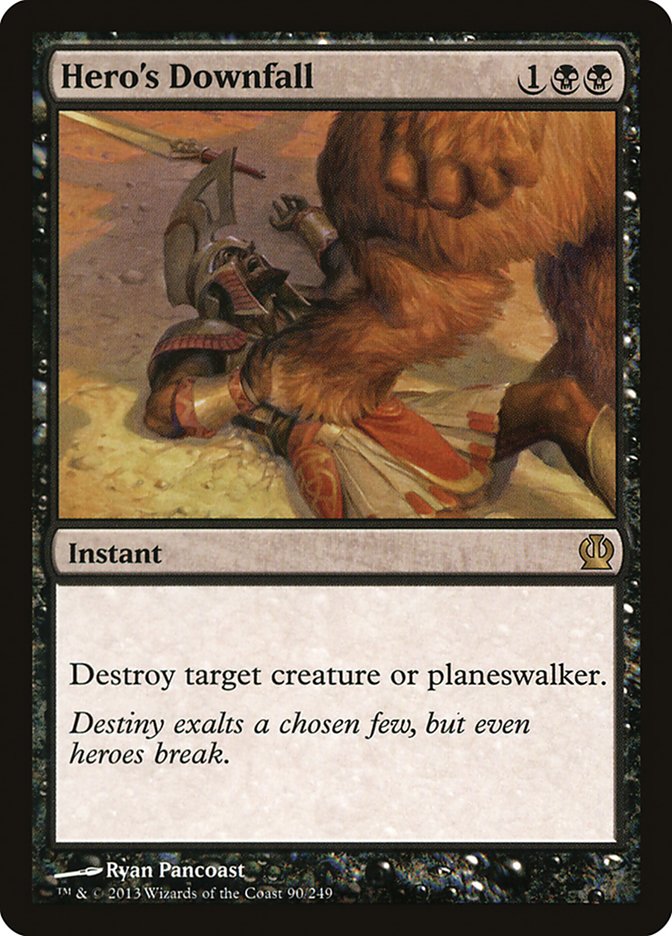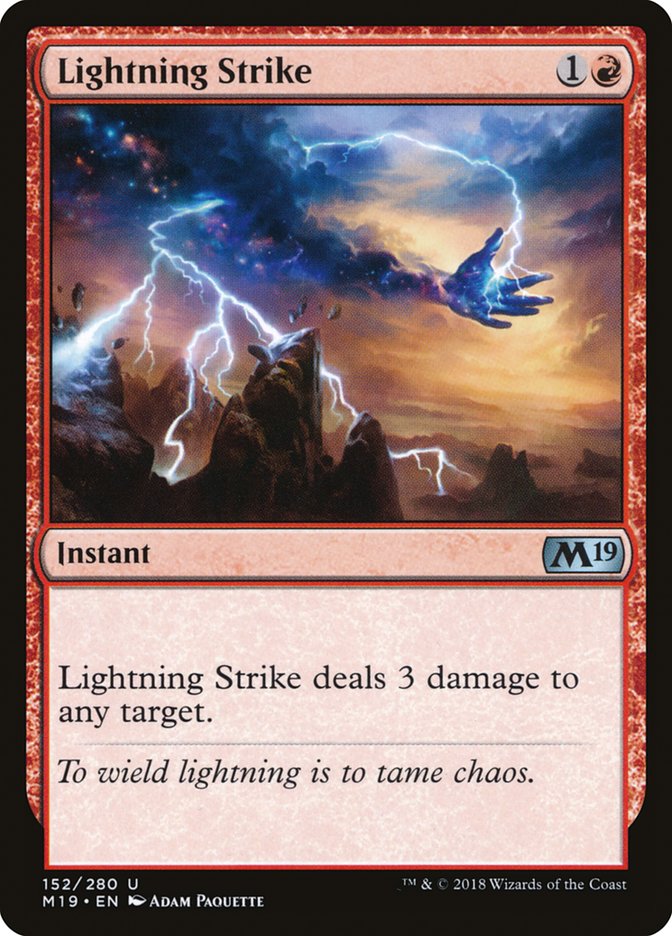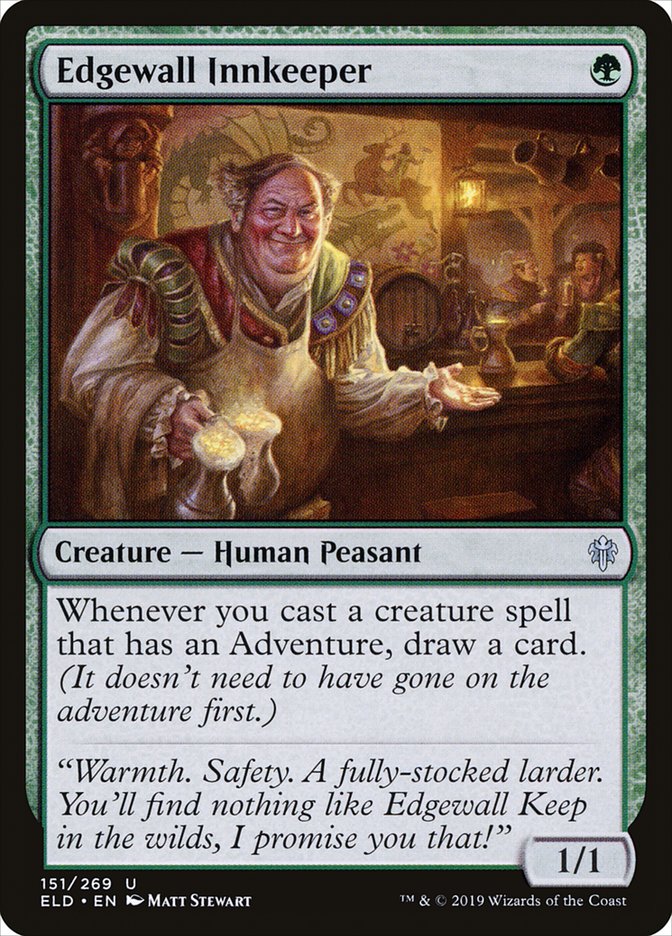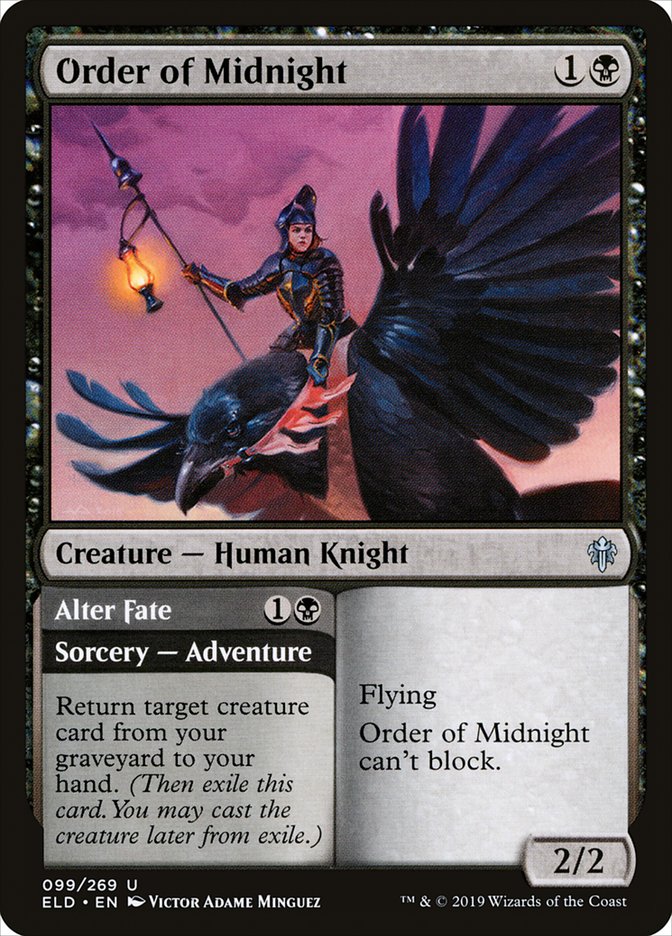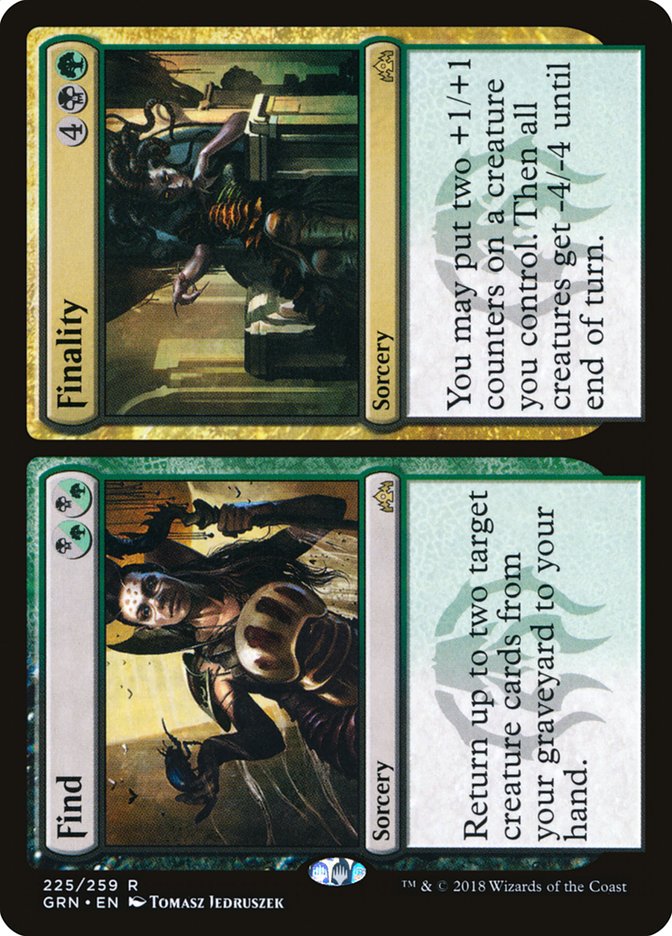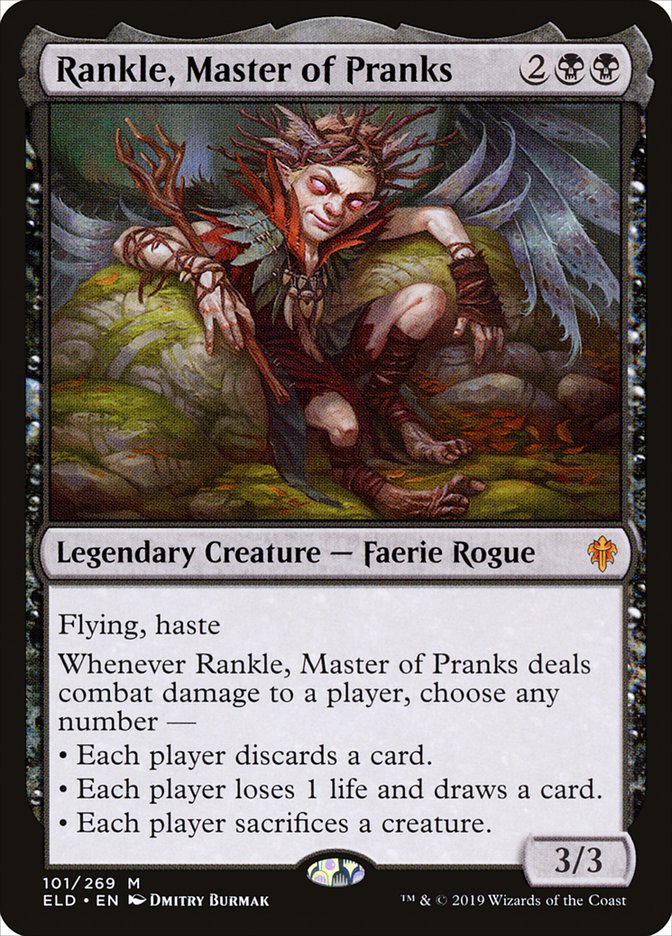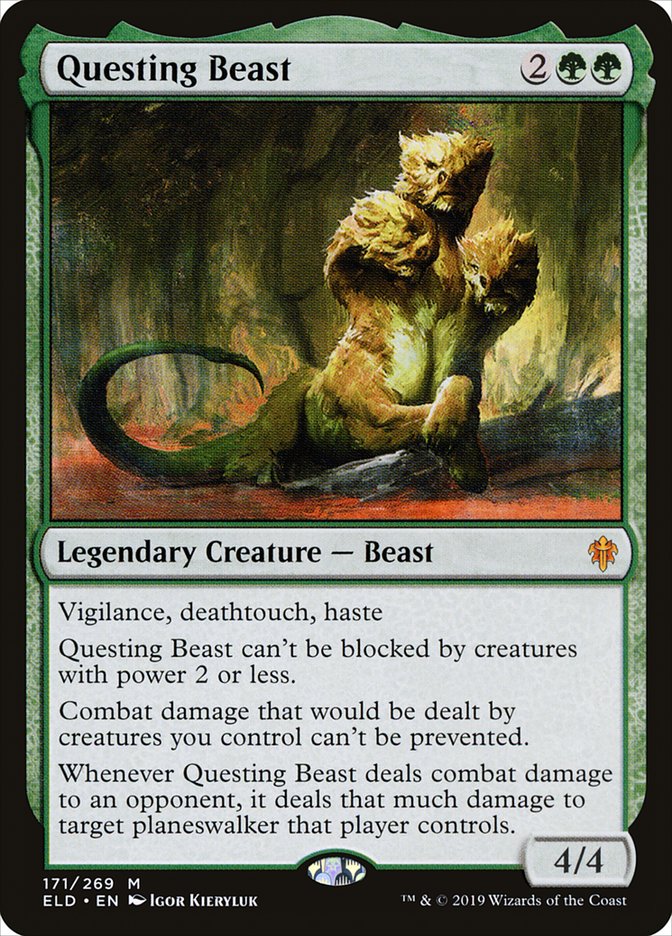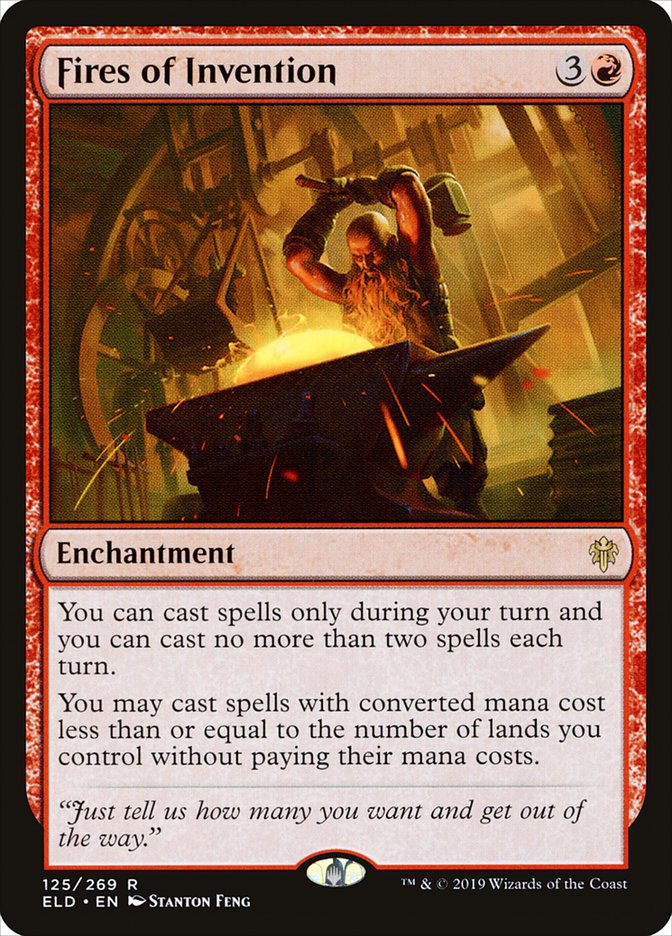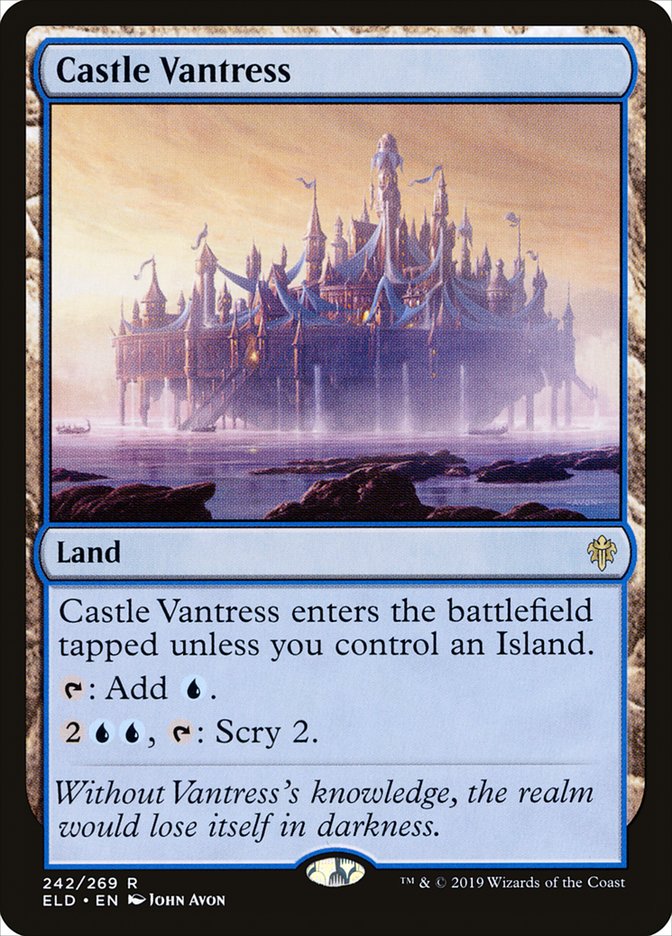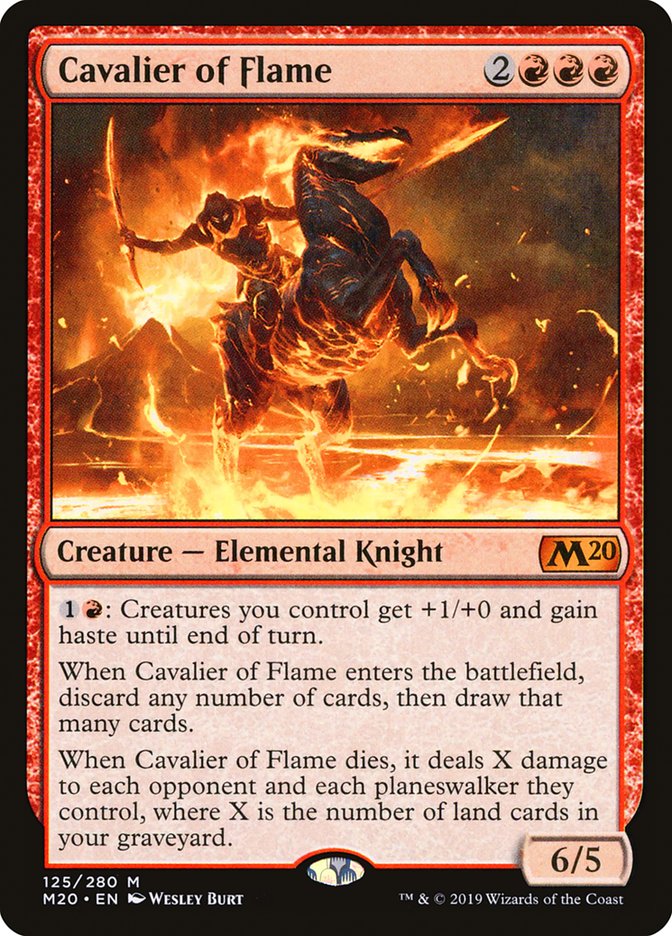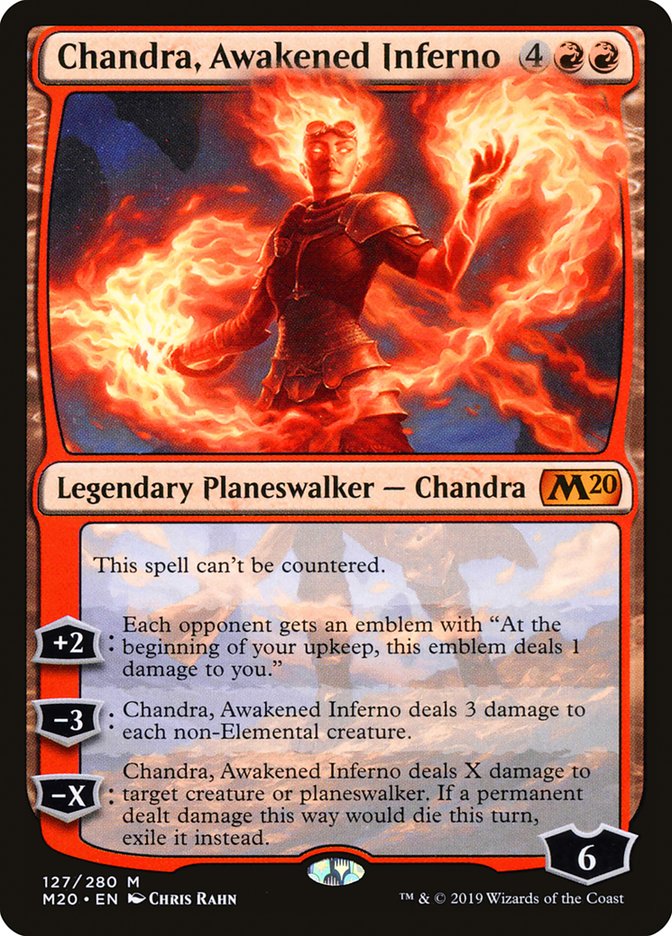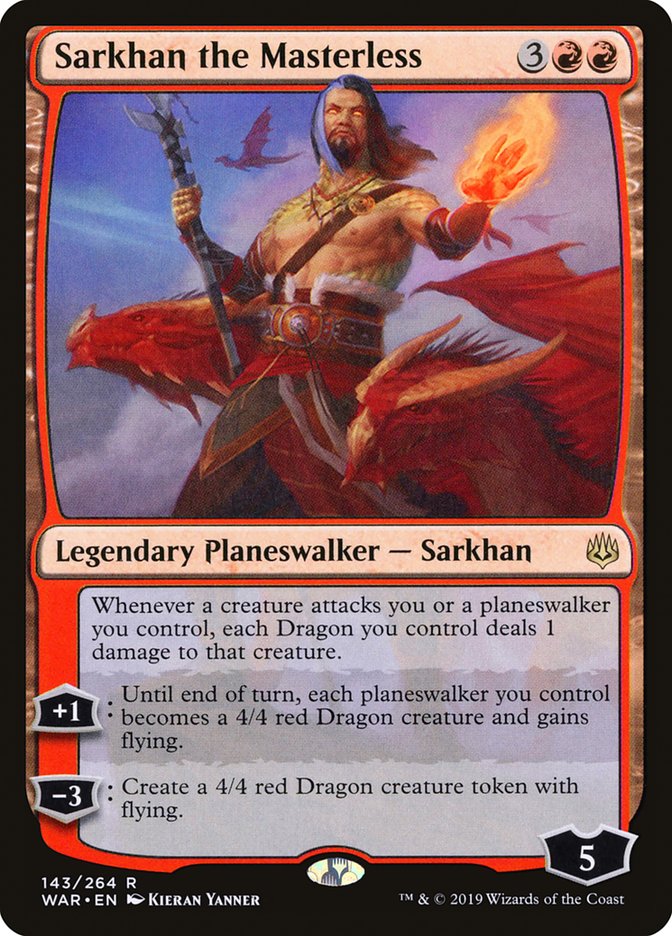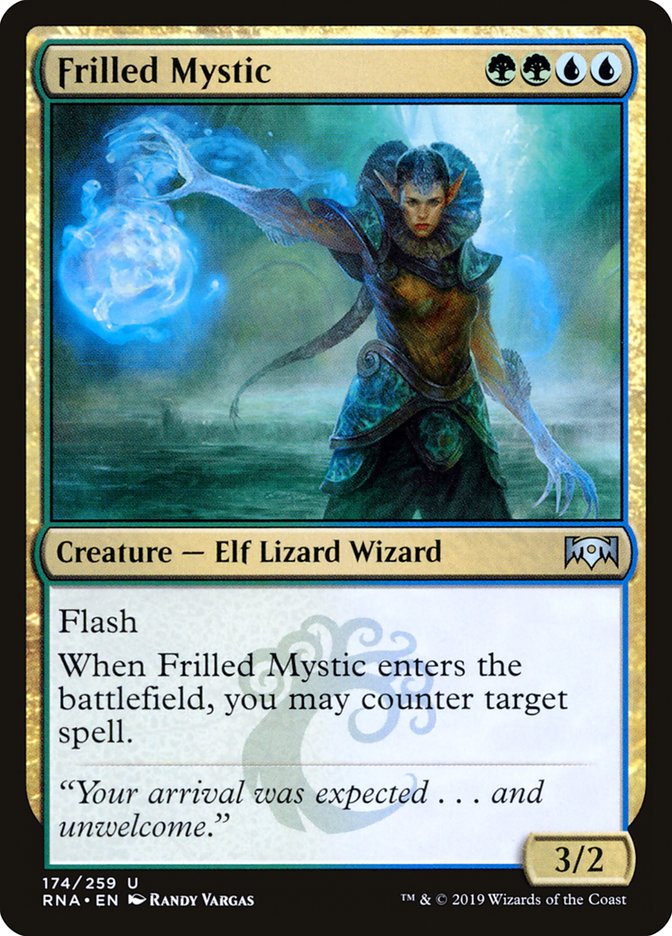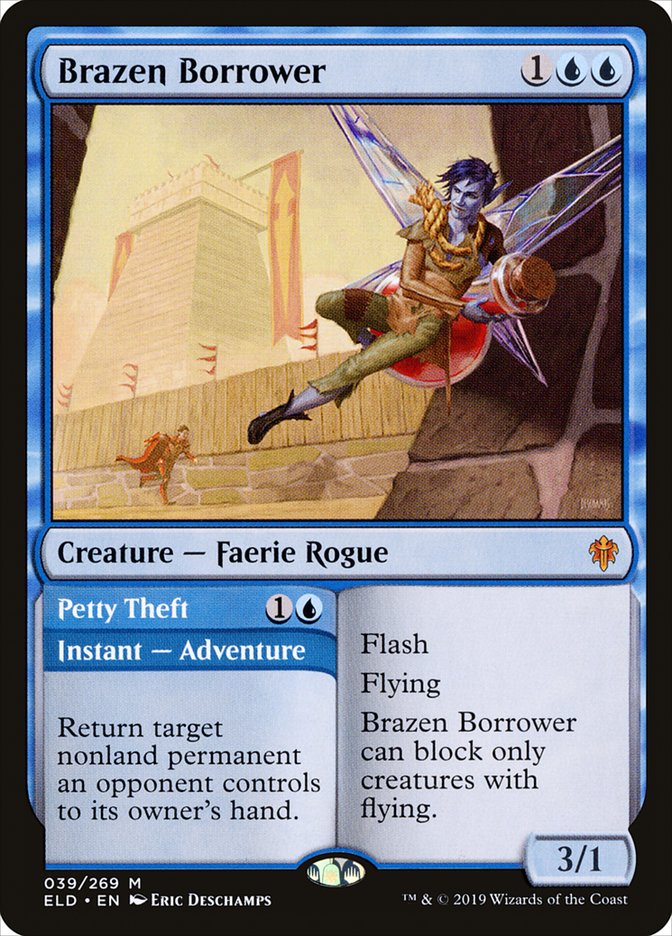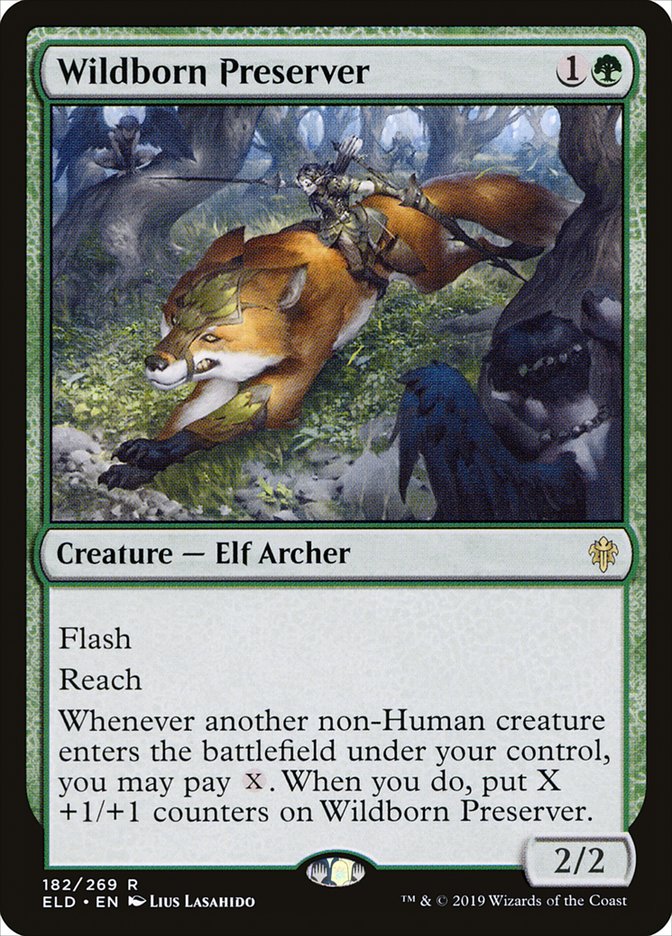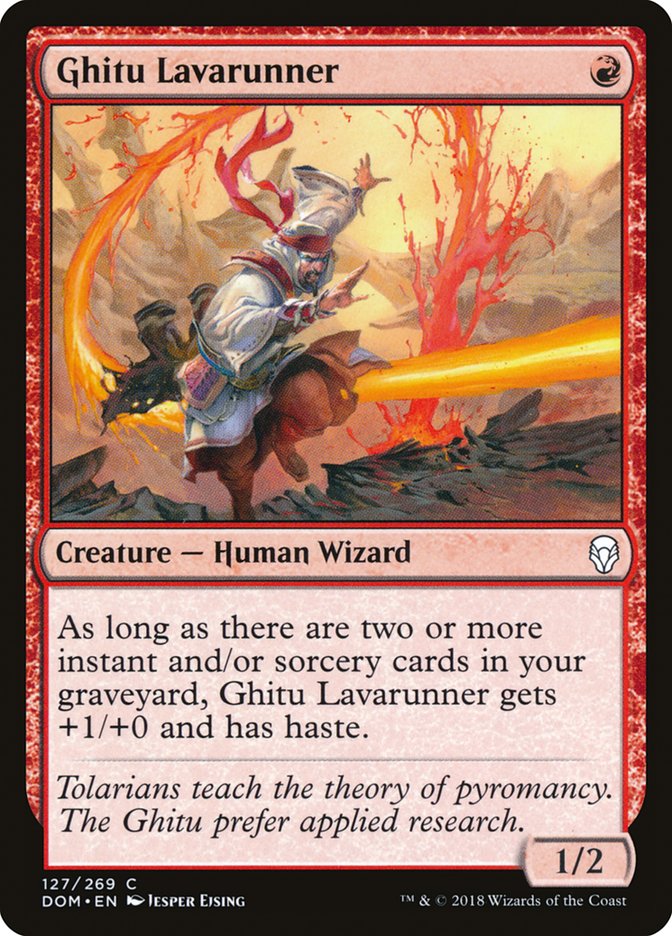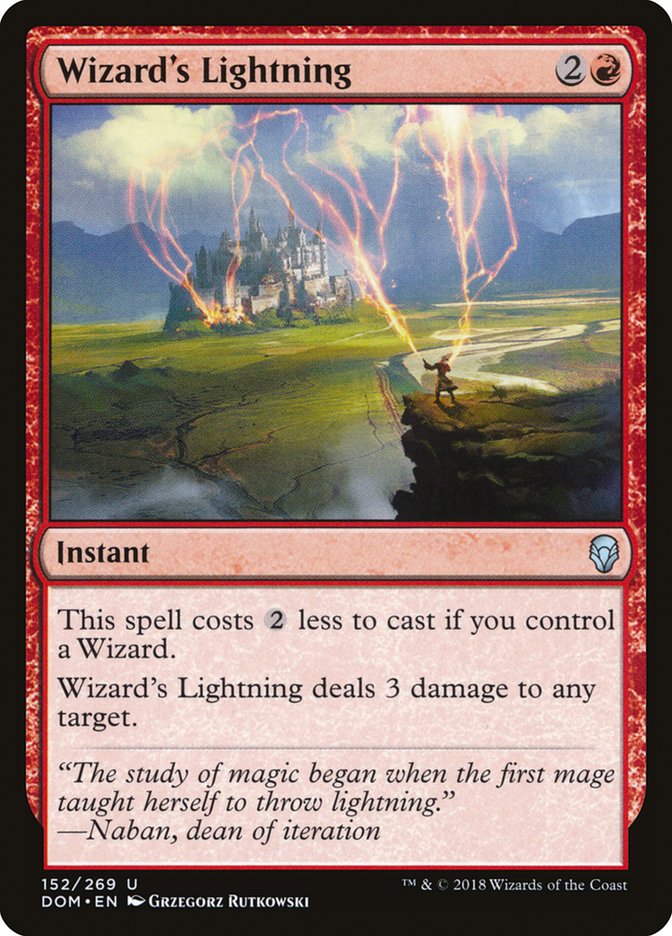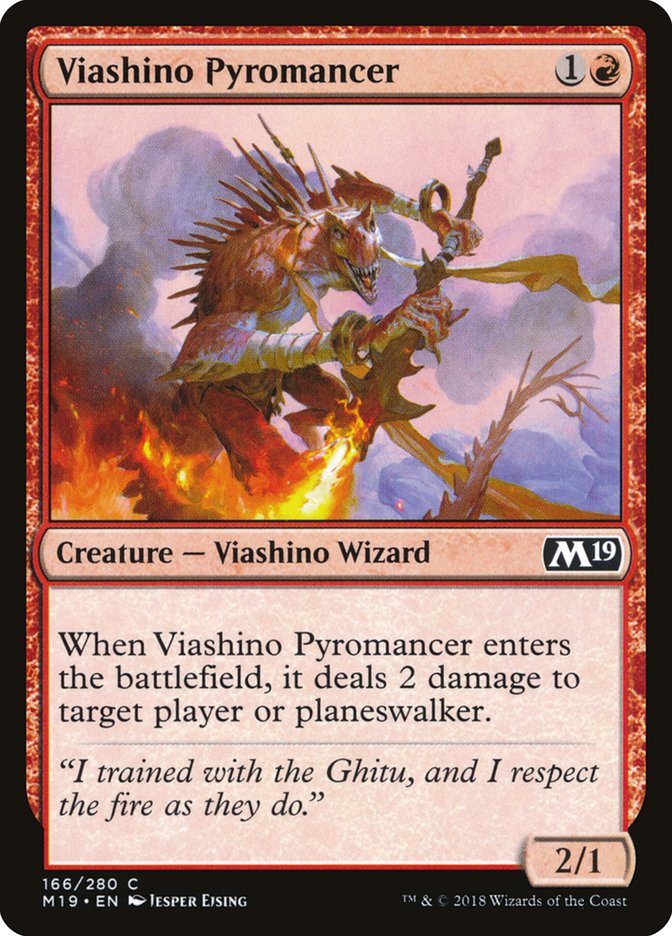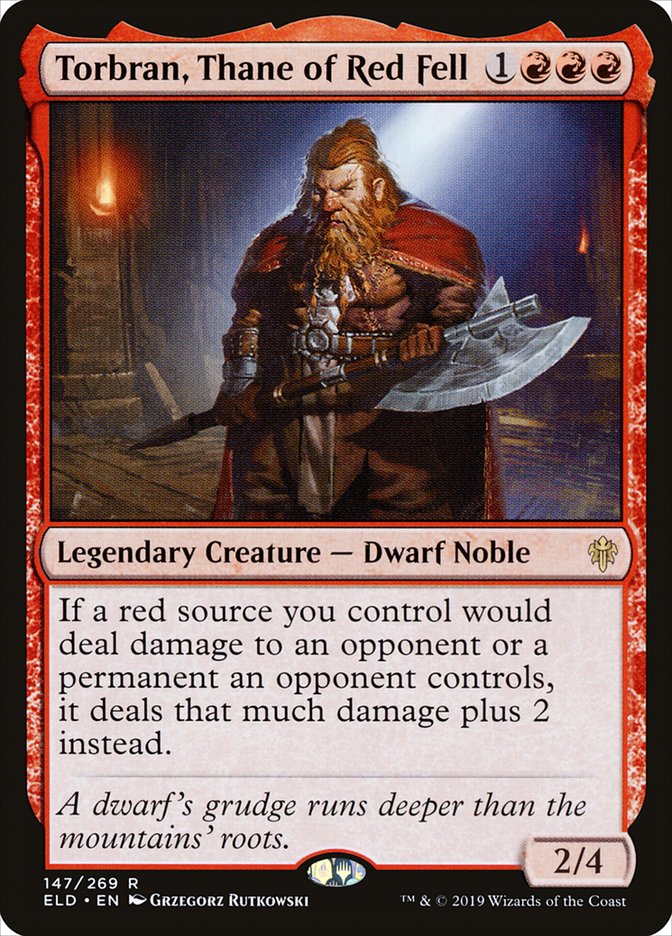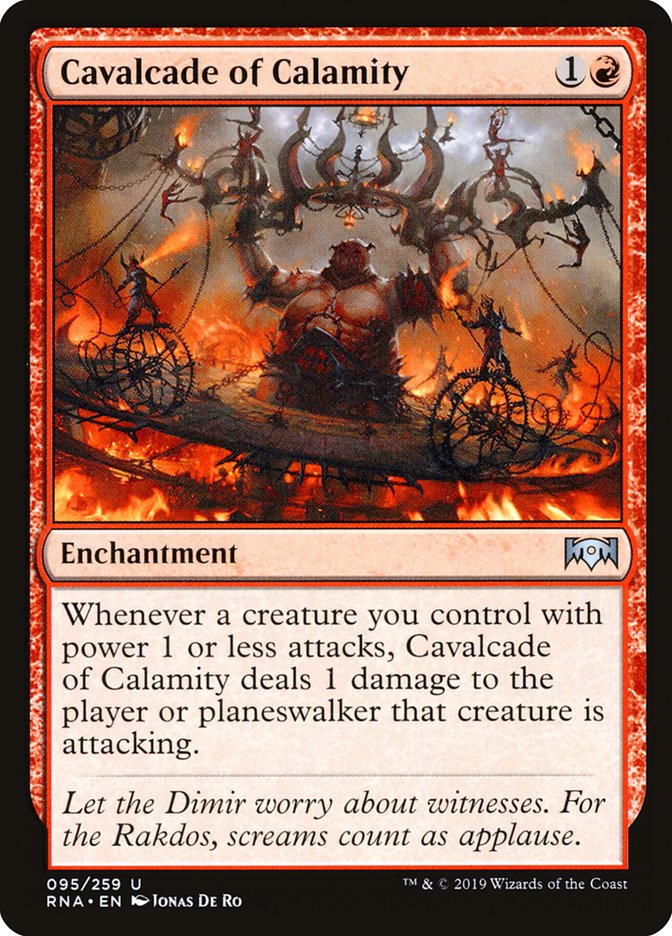It’s that time of year again. The leaves are changing, the sun is setting earlier, and half of the Standard we knew and loved has rotated.
This weekend marks the official paper release of Throne of Eldraine, with #SCGPHILLY serving as the de facto Week 1 Standard event. Sort of.
In spite of the fact that Throne of Eldraine has only had a Prerelease in paper, online mediums have already begun solving the format, making this one of the most developed initial post-rotation events of all time. In order to succeed this weekend, knowing what decks are out there is going to be absolutely crucial. There’s a lot of ground to cover, the format is wide open thus far, and I won’t spend any more time dawdling.
Creatures (2)
Planeswalkers (4)
Lands (25)
Spells (29)

Our own Bryan Gottlieb was the winner of the first event that Throne of Eldraine was legal for with his Esper Stax deck.
Doom Foretold makes the deck feel like an old school Smokestack-fueled prison strategy at times, but it’s ultimately just a shell utilizing the control engine of the previous Standard format:
Dance of the Manse and Doom Foretold are fine cards, but they aren’t the real stars of the show here. What’s actually going on is that these cards are doing what they did last format: punishing creatures and instants. Doom Foretold and Murderous Rider just round out the suite of cards needed to answer other permanent types, and Dance of the Manse helps the deck get around to winning the game.
Creatures (16)
Planeswalkers (4)
Lands (23)
Spells (17)

On the topics of decks from last Standard, winning the first tournaments of Throne of Eldraine Standard, and Bryan Gottlieb, is Bant Golos.
Towards the end of last Standard, Ali Aintrazi debuted a three-ish-color Golos deck that only really cared about putting a ton of lands onto the battlefield, getting tokens with Field of the Dead, and then spending all of its mana every turn.
Without the unfair engines to go incredibly over the top by putting a ton of lands onto the battlefield simultaneously or taking several turns in a row, today’s Bant Golos deck settles for making one or two dozen Zombies over the course of a few turns and then using cards like Hydroid Krasis, Realm-Cloaked Giant, and Golos, Tireless Pilgrim to actually close games out.
Creatures (27)
- 4 Hydroid Krasis
- 4 Paradise Druid
- 4 Voracious Hydra
- 4 Leafkin Druid
- 4 Gilded Goose
- 4 Wicked Wolf
- 3 Brazen Borrower
Planeswalkers (8)
Lands (25)

In the vein of ramp decks is Brad Nelson Simic not-quite-ramp-but-not-not-ramp deck. This is the first deck on this list to introduce us to what is going to be one of the most prominent engines in this Standard format:
Gilded Goose lets you cast Oko on Turn 2, and then makes Food that Oko will happily transmogrify into Elk. It’s quite potent, and incredibly difficult to break through when on the play.
In addition to Oko and the Goose, Wicked Wolf is a sort of hybrid between Bristling Hydra and Ravenous Chupacabra, as long as there’s Food for it to snack on.
Other than the Food synergies, the deck is doing most of what we’ve seen before: mana creatures, Hydras, and Nissa, Who Shakes the World.
Creatures (34)
- 4 Venerated Loxodon
- 4 Corpse Knight
- 4 Knight of the Ebon Legion
- 2 Smitten Swordmaster
- 4 Inspiring Veteran
- 4 Venerable Knight
- 4 Worthy Knight
- 4 Fervent Champion
- 4 Stormfist Crusader
Lands (22)
Spells (4)

Leaning into aggro decks a little bit is Ari Lax Mardu Knights deck. Most of what this deck is doing is new, sort of.
All of these cards are new, but they taste familiar…
This is all to say that even if the cards are new, the deck itself is effectively a variant of Mono-White Aggro, with worse mana and more synergy.
Not everything in the deck is old hat, however:
Stormfist Crusader subtly checks a ton of synergy boxes and will see play throughout its tenure in Standard as a result. On top of being it a Knight, Stormfist Crusader enables any cards that care about drawing multiple cards in a turn, like Ironcreg Pyromancer, and more importantly enables spectacle:
Creatures (37)
- 4 Spawn of Mayhem
- 4 Gutterbones
- 4 Dreadhorde Butcher
- 4 Rotting Regisaur
- 4 Knight of the Ebon Legion
- 3 Rankle, Master of Pranks
- 2 Order of Midnight
- 4 Murderous Rider
- 4 Bonecrusher Giant
- 4 Stormfist Crusader
Lands (16)

Black-based spectacle decks get a huge boost from Throne of Eldraine.
Spawn of Mayhem in particular is one of the biggest winners of the format. The reason?
Most of the best removal spells rotated.
A lot of cards people are playing with now are expensive, like Murderous Rider, or incredibly conditional, like Oath of Kaya. The best early-game removal spell post-rotation is Tyrant’s Scorn, and Spawn of Mayhem completely dodges it.
Rakdos also has the enormous benefit of getting to play aggressive creatures that are also spells.
Previously, there was a real cost to jamming an aggro deck full of a bunch of reactive spells. Drawing too many of them is going to make it so the opponent won’t be under any kind of pressure in the early-game, and before you know it, you’ve reached the late-game and the opponent is still above ten life.
Now it’s possible to play a pile of lands and creatures and rely on the extra text of those creatures to be good enough.
Creatures (26)
- 1 Massacre Girl
- 3 Rankle, Master of Pranks
- 4 Foulmire Knight
- 2 Order of Midnight
- 4 Lovestruck Beast
- 4 Murderous Rider
- 4 Questing Beast
- 4 Edgewall Innkeeper
Lands (18)
Spells (16)

This week’s MPL Split featured a few different takes on what to do with adventures, but Piotr Glogowski’s is a great illustration of a deck that is never going to run out of cards.
Despite seeming unassuming, Edgewall Innkeeper draws a ton of cards if left unchecked, and this deck is great at recurring it.
Remember the old loop with Find and Golgari Findbroker? It’s back, but now on a synergy card.
Looking past the card advantage engines of the deck, it uses Rankle and Questing Beast as finishers that provide even more card advantage, but in the other direction. That’s to say that these two creatures are both incredible at applying pressure, while also reducing the resources an opponent has to try to fight with. Any shell that can make use of Rankle’s sacrifice effect is going to be an incredible shell for the card, and this deck having so many incidental bodies lying around pushes that over the top.
Creatures (13)
Planeswalkers (4)
Lands (24)
Spells (19)

If there’s a card in Throne of Eldraine that may secretly be the most busted thing since Aetherworks Marvel, it’s Fires of Invention.
Fires of Invention is doing something similar to Wilderness Reclamation, but instead of demanding that the mana it generates be spent on instants and activated abilities, it insists on its controller only casting two spells a turn.
Whatever its controller does with their “real” mana is up to them.
Martin Juza placed an emphasis on hitting land drops in his take on the deck, plus having things to do with the mana while also casting spells each turn.
There isn’t a clear shell for Fires of Invention yet, but thus far it’s also been a great way for the Jeskai Superfriends deck to keep up on the battlefield. There’s a ton of power in committing multiple planeswalkers to the battlefield in a single turn when all that matters is trying to untap with a ‘walker or two.
The core of the deck is generally going to be pretty straightforward: an Izzet base, Drawn from Dreams to keep the cards coming, and a bunch of big dumb mythics to close the game out.
Creatures (23)
- 4 Frilled Mystic
- 4 Spectral Sailor
- 4 Nightpack Ambusher
- 4 Brineborn Cutthroat
- 4 Wildborn Preserver
- 3 Brazen Borrower
Lands (11)
Spells (26)
Sideboard

Where there’s an early Standard format, there will be people playing Frilled Mystic.
Admittedly, the beginning of the format is the best time for the card. Before rotation, the problem with the card was that it was stuck between a rock…
….and a hard place.
With red falling a bit more out of favor and creatures being sized out of Shock range, Frilled Mystic’s stock goes up. That doesn’t even get into the new toys the deck got with Throne of Eldraine.
Brazen Borrower is this year’s History of Benalia. There isn’t a clear place that it’s always going to fit in, and there are likely going to be some bits of synergy with the card, but it’s ultimately so great for its rate that it’s a slam dunk for seeing play. Being a tempo-y flash creature makes it a natural inclusion for this type of deck. The fact that it can make Sinister Sabotage line up reasonably against cheaper threats is incredible.
Wildborn Preserver may seem innocuous, but it does a ton of heavy lifting in the deck. Cards like Frilled Mystic and Spectral Sailor aren’t exactly known for their printed power and toughness. Wildborn Preserver helps beef those creatures up and make them into real threats. Having threats that translate well into the later stages of the game is the make-or-break for these tempo-styled strategies, and Wildborn Preserver serves that role magnificently.
Creatures (23)
- 4 Chandra's Spitfire
- 4 Tin Street Dodger
- 4 Scorch Spitter
- 4 Gingerbrute
- 4 Fervent Champion
- 3 Torbran, Thane of Red Fell
Planeswalkers (4)
Lands (3)
Spells (30)
Sideboard

Like any normal Week 1 Standard event, there’s sure to be some Mono-Red Aggro, and it’s going to look something like this.
With the consistent burn plan of last season’s red deck gone, Mono-Red has had to lean into synergy in order to make its way across the finish line:
With Torbran being an amazing source of damage boosting, the deck has leaned into creating as many small sources of damage as possible in order to max out his potency.
Week 1 on the Horizon
In spite of the fact that there have been a couple of tournaments with Throne of Eldraine cards already, they were both invite-only events with an incredibly limited number of players. #SCGPHILLY is the real litmus test for these archetypes to prove themselves as real going forward.
On the other side of the coin, that means it’s also a great place for something new to burst onto the scene and legitimize itself. Don’t miss it.


